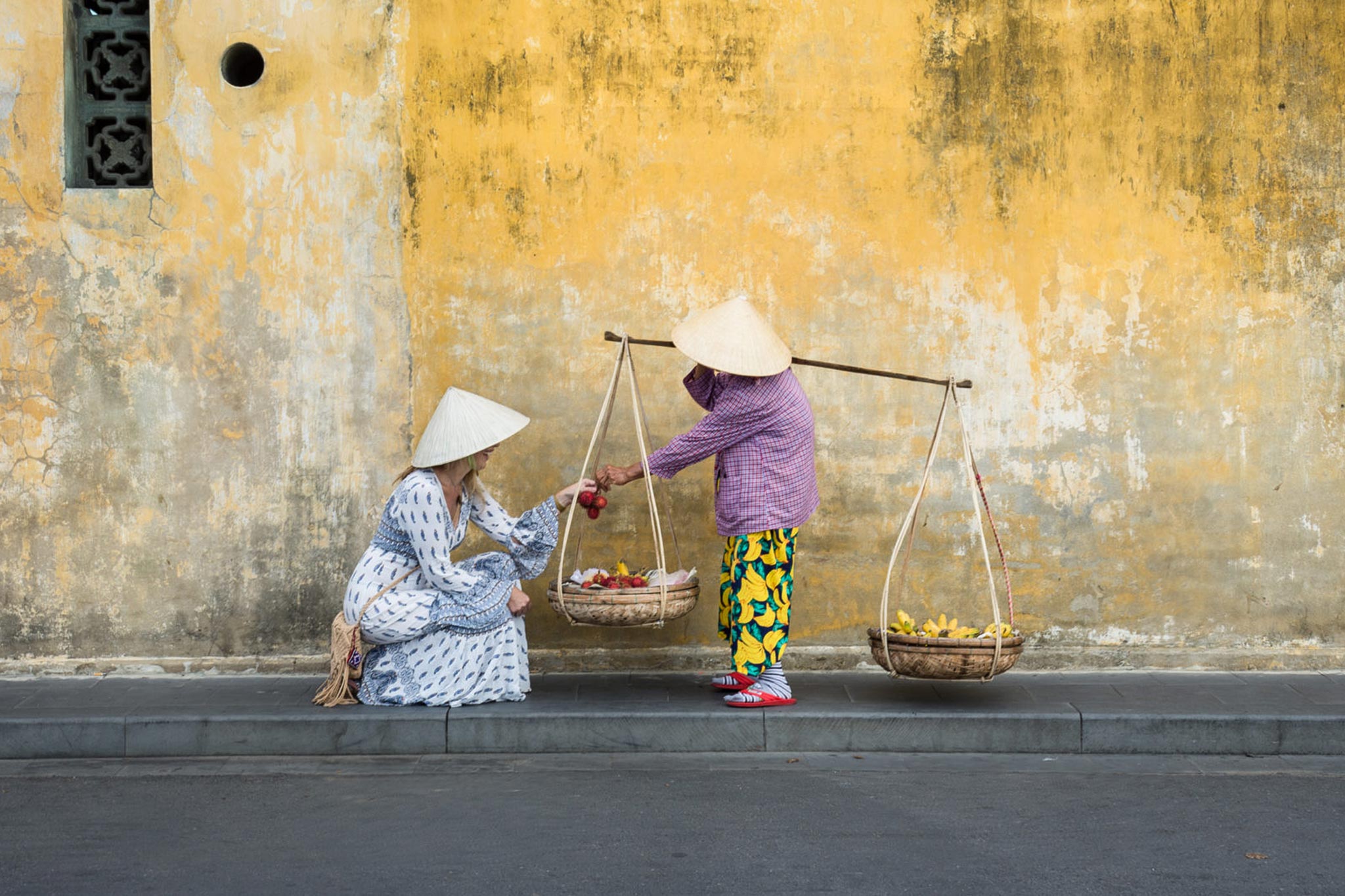Hoi An is a small ancient town in Central Vietnam, just 30 km from Danang city. Vietnam’s charming “yellow town” is packed with history and full of opportunities to create magical memories. Hoi An also has many things to keep visitors stay longer at this charming town.
Hoi An in glance
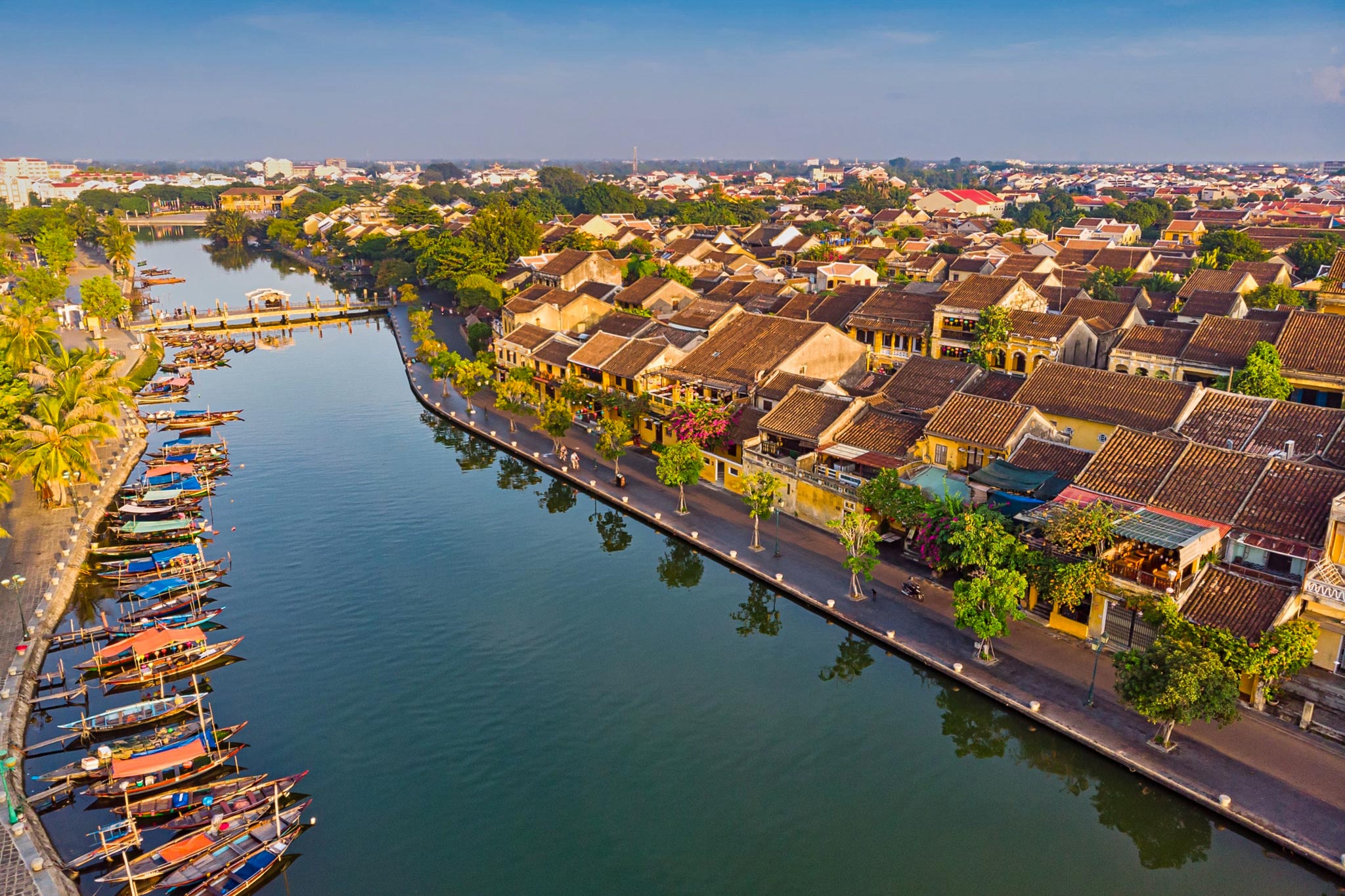
In the past, Hoi An was a major Southeast Asian trading post, where merchants from Asia, Persia, Arabia and Euro traded. Wander any of its picturesque, pedestrian-friendly streets and you’ll see influences from a range of eras, places and cultures. It’s no wonder Hội An’s considered one of the most beautiful places in all of Vietnam.
In 2021, Hoi An – a UNESCO world cultural heritage site since 1999 − was named Asia’s Leading Cultural City Destination at the World Travel Awards. The town boasts a long history of drawing people from across the world.
Here are some ideas to add to your itinerary.
Stroll around the Hoi An ancient town
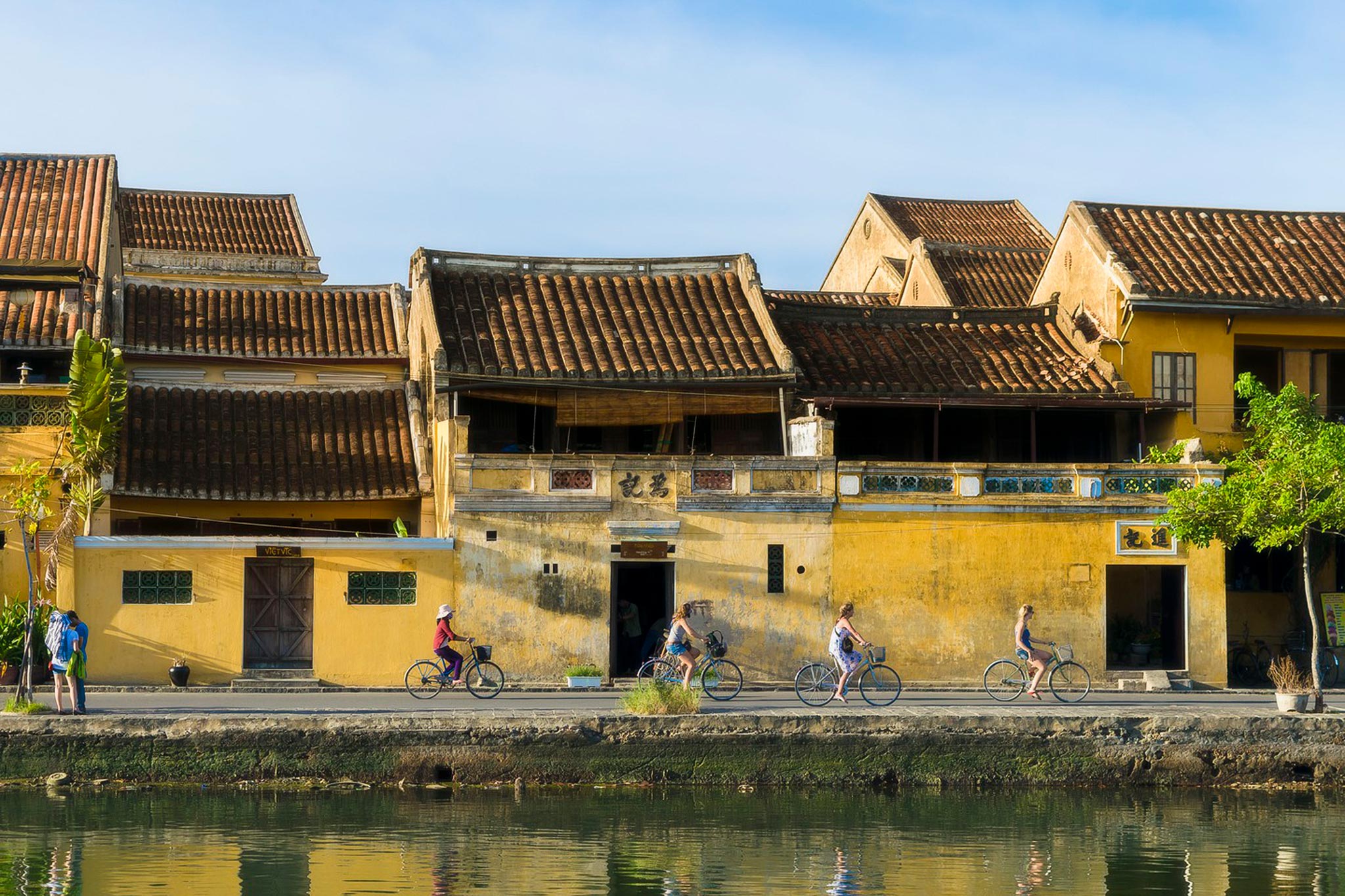
With its historical buildings and mix of European and Asian architectural styles, there’s plenty to admire on an unhurried walk through the ancient town such as famous Japanese Covered Bridges, Pottery Museum, 200 year-old Tan Ky House, Chua Ong Pagoda and vibrant market.
The original street grid plan remains as it was, and 844 of the 1107 buildings making up the townscape are on the UNESCO World Heritage list. So walking the streets of Hội An is like moving through a living museum.
Photograph at famous Bridge Pagoda

The Bridge Pagoda, also known as Chua Cau, is the unique architectural heritage built in the 16th century. The bridge is covered with a wooden pagoda roof with decorative details reflecting the harmonious combination between Vietnamese, Chinese, Japanese and Western architectural styles.
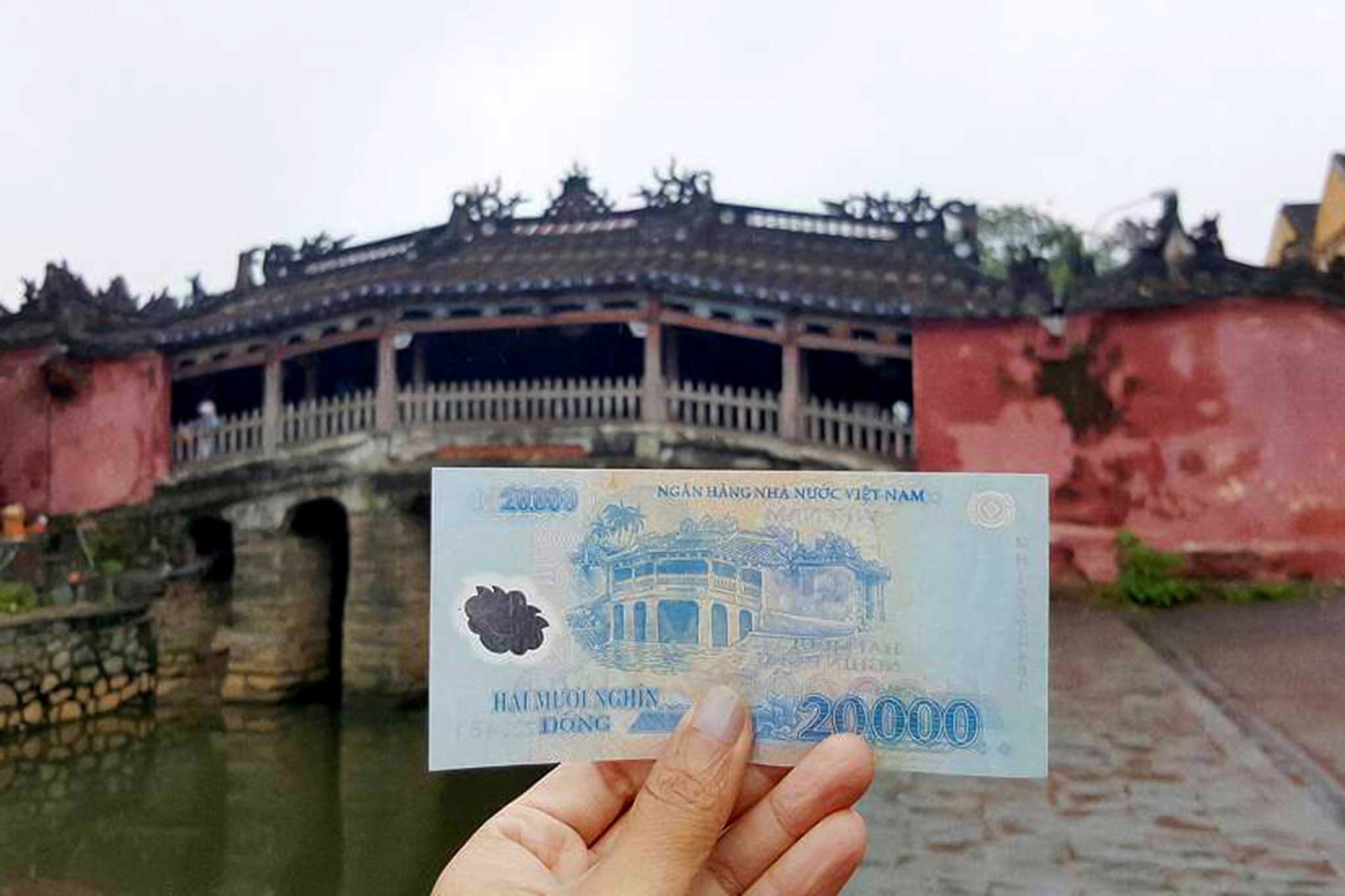
The Bridge Pagoda is well preserved and becomes an iconic symbol of Hoi An. The image of this famous bridge is printed on one side of 20,000 VND note. You may see many people holding it up while taking a photo with the bridge itself. Inside the bridge, there is a small temple dedicated to Tran Vo Bac De, the Taoist God of weather, who protects believers during earthquakes and floods.
Explore Hoi An’s museums
Unsurprisingly, the old quarter is full of museums that offer detailed insight into the story of this stunning town. Among these are 5 top attractions:
- The Museum of History and Culture gives a comprehensive overview, with artifacts spanning about 2,000 years
- The Museum of Folklore looks at traditional crafts and includes a performance
- The Museum of Sa Huynh Culture gives insight into the Sa Huynh period
- The Museum of Trade Ceramics showcases pottery and ceramics
- Tan Ky Old House, a stunning example of Asian architecture and Oriental philosophy
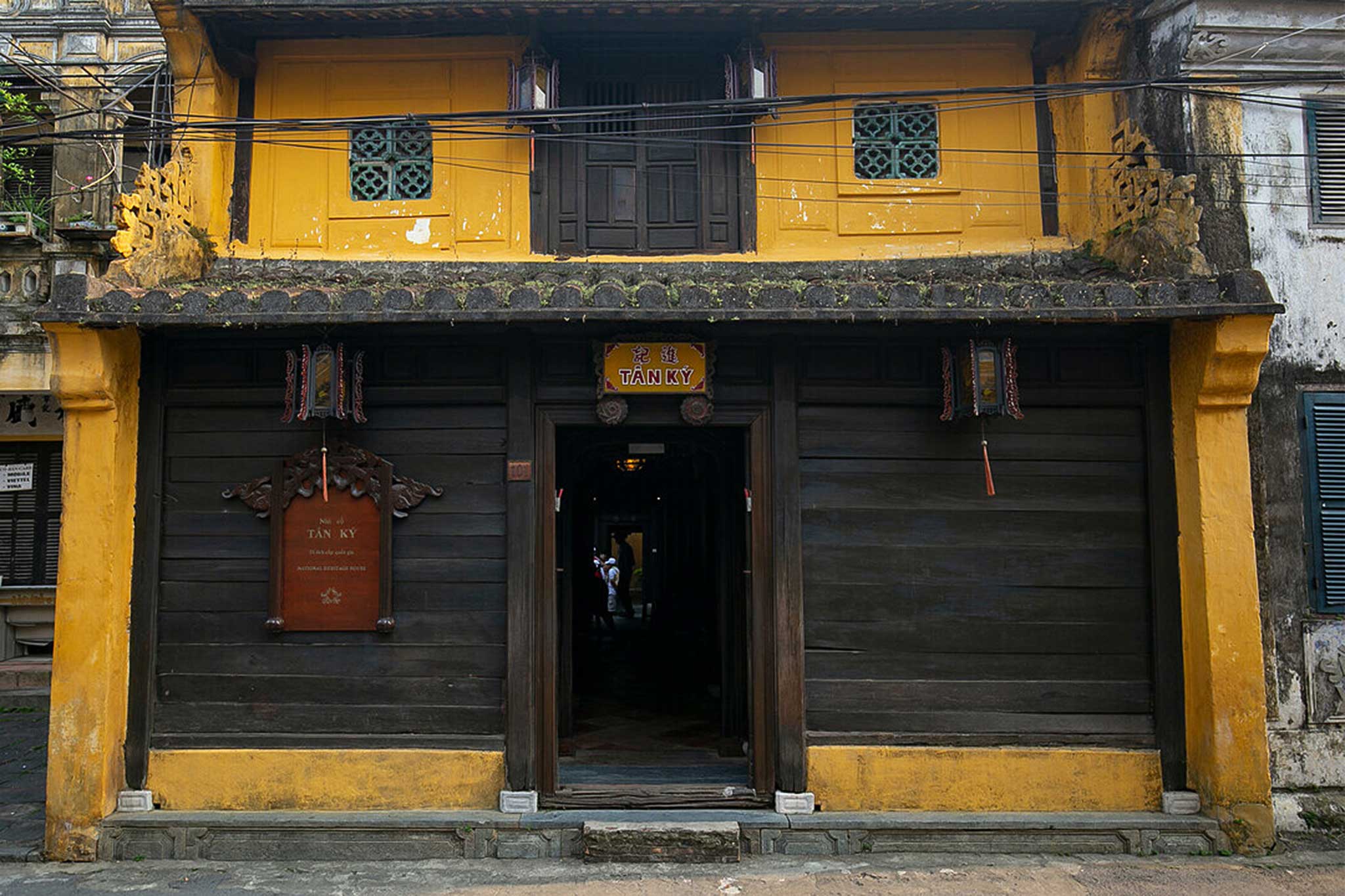
Tan Ky Old House was built in 1741, it’s been home to seven generations of one Vietnamese family and is a great example of an 18th-century merchant’s home. At Tan Ky House, look out for the stunning One Hundred Birds lacquered board. Written in 100 letters, each stroke of writing is actually an image of a bird in flight.
Back in time at the My Son Sanctuary

My Son is the ruins of the religious and political capital of the Champa Kingdom between the 4th and 13th centuries. The My Son Sanctuary is an interesting archaeological site that is unlike others in SE Asia as the spiritual origins are of Indian Hinduism rather than of Buddhist origin. Many of the temples were built for Hindu divinities – Krishna, Vishnu, and Shiva.
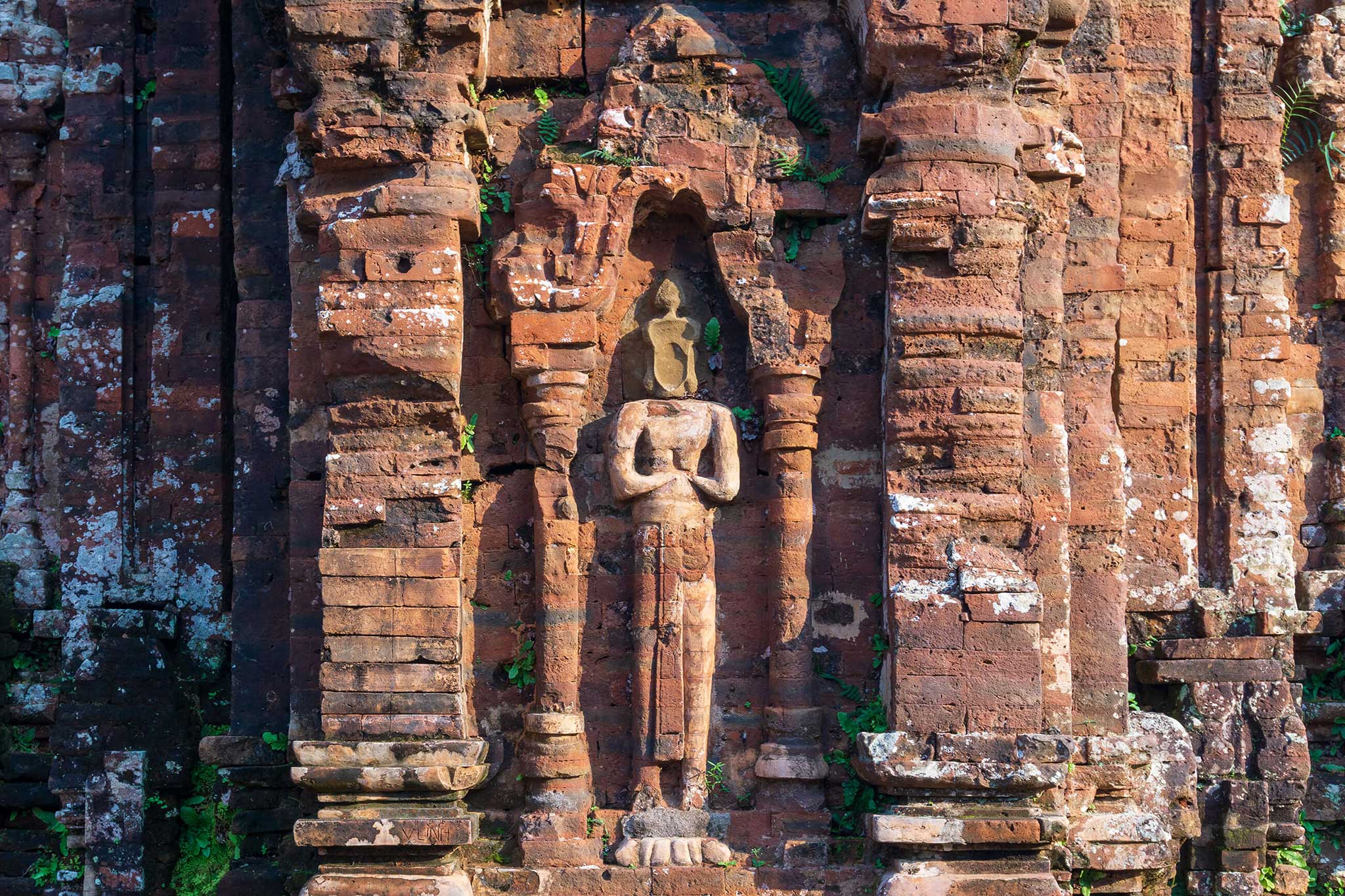
While the area is smaller than some of the other famous ruins in SE Asia, such as Bagan or Angkor Wat, the ruined buildings surrounded by lush vegetation are stunningly beautiful and most certainly worth a visit. It was officially recognized as UNESCO’s World Heritage in 1999.
Visit Thanh Ha Pottery Village
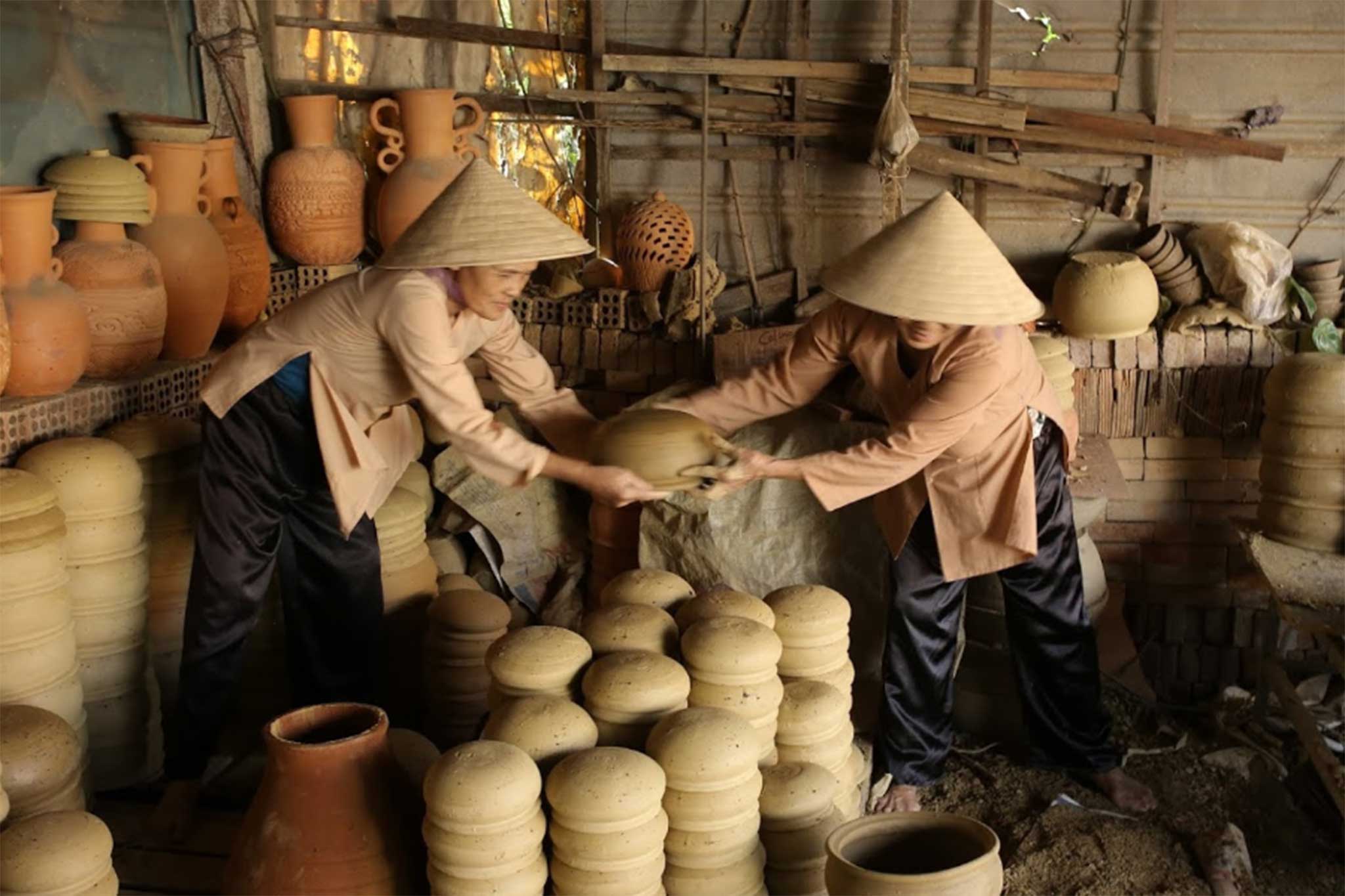
This ancient village was established in the 16th century when people from Thanh Hoa province came here to build a new life with their traditional craft pottery. Over 00 years, Thanh Ha pottery village still preserved its original intact beauty and values. Today, artisans still love and conserve the ancient pottery-making techniques and also revive the pottery village to become a tourist attraction.
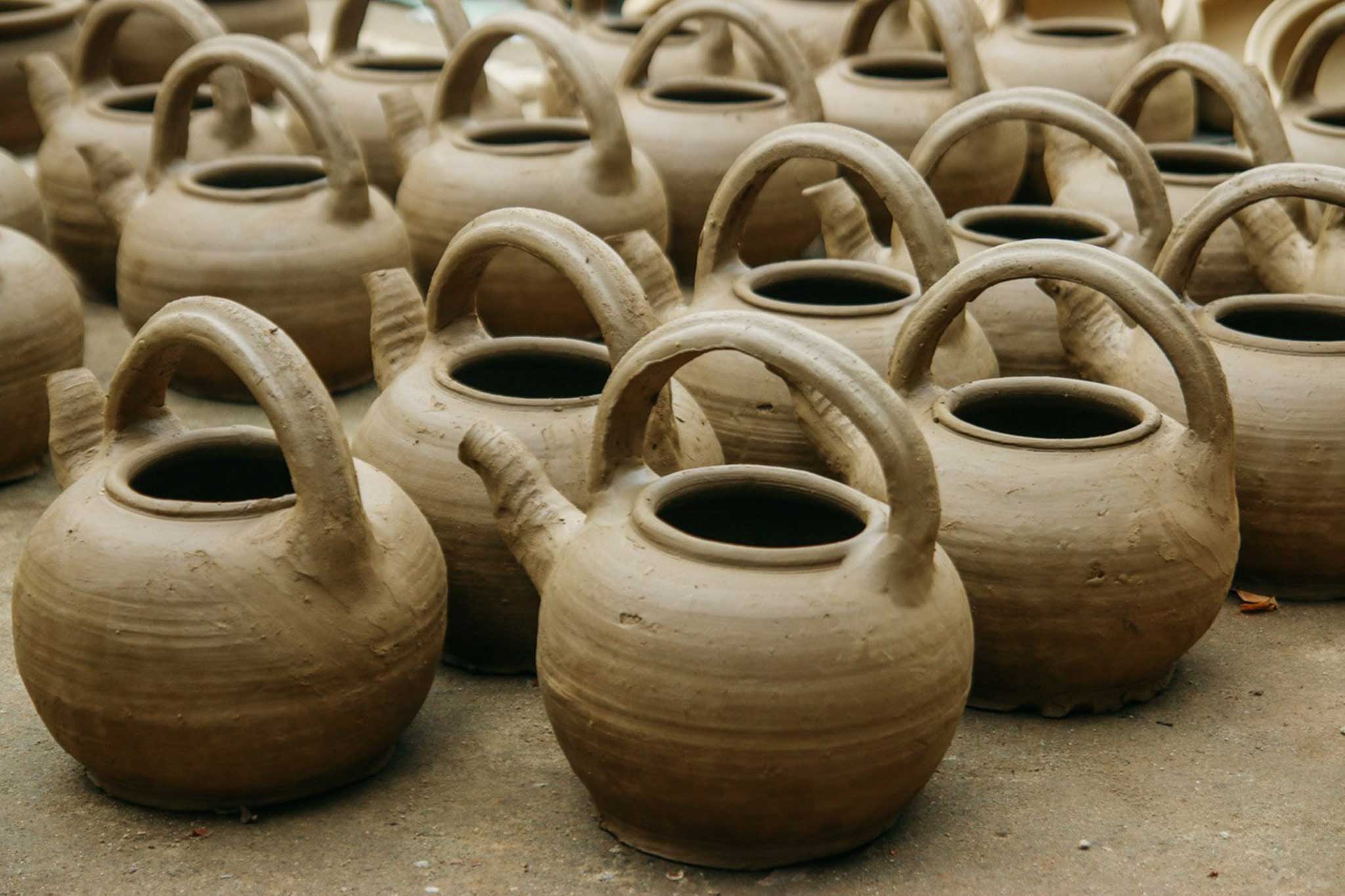
The products in Thanh Ha village are mainly household wares serving the daily life of the local people in the domestic market. They are bowls, jars, pots and decorative wares. Tourists coming here will have the opportunity to see the pottery-making process, admire traditional terracotta products as well as try hands-on experience to make their own product.
Marvel at Hoi An’s lantern festival
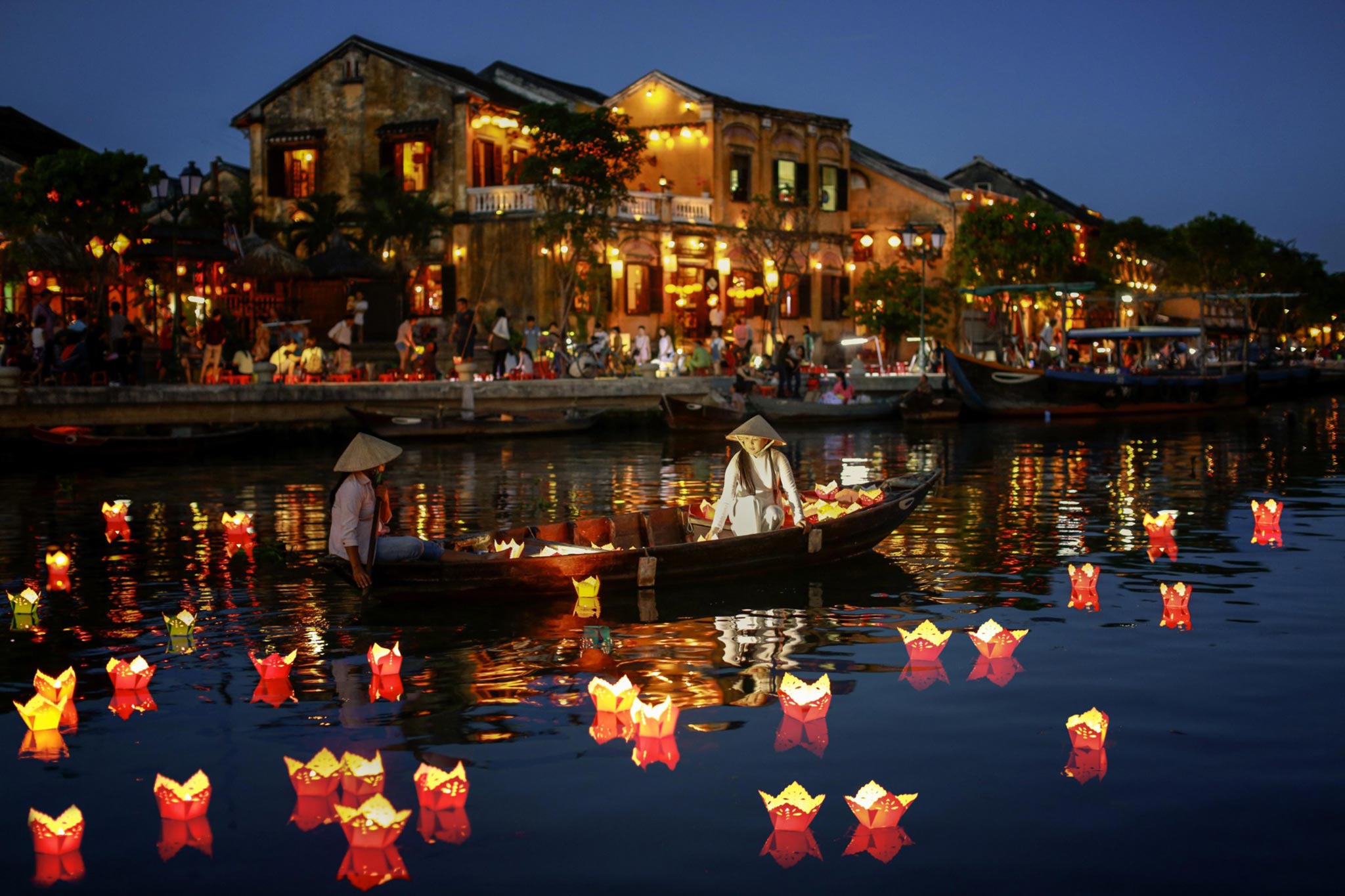
Why is the lantern the most iconic symbol of Hoi An? Ever since Chinese and Japanese traders introduced them hundreds of years ago, lanterns have always been hung and made here. For the most memorable trip and most stunning photos, the best time to visit Hoi An is during the lantern festival, held on the 14th day of every lunar month, when the moon is full.
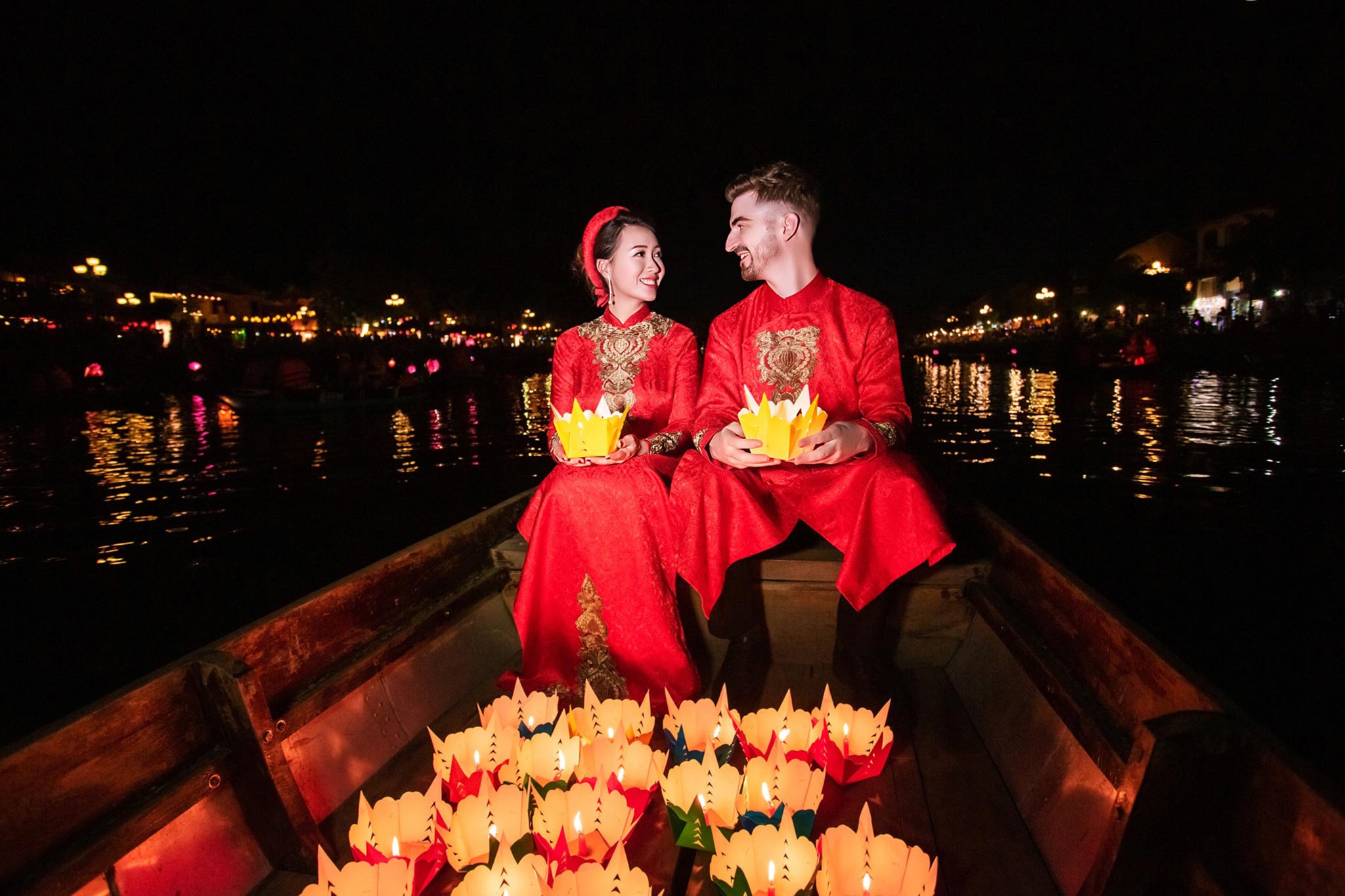
At night, the town reduces its electricity usage, so the candle-lit lanterns steal the show. Find a spot by the river, where lanterns are cast adrift to bring good luck. Or hop onto a boat and drop a lantern as you make a wish of your own. If you go during the first festival of the Lunar New Year, you can catch the biggest celebration of them all.
Buy fabric and custom-made clothes
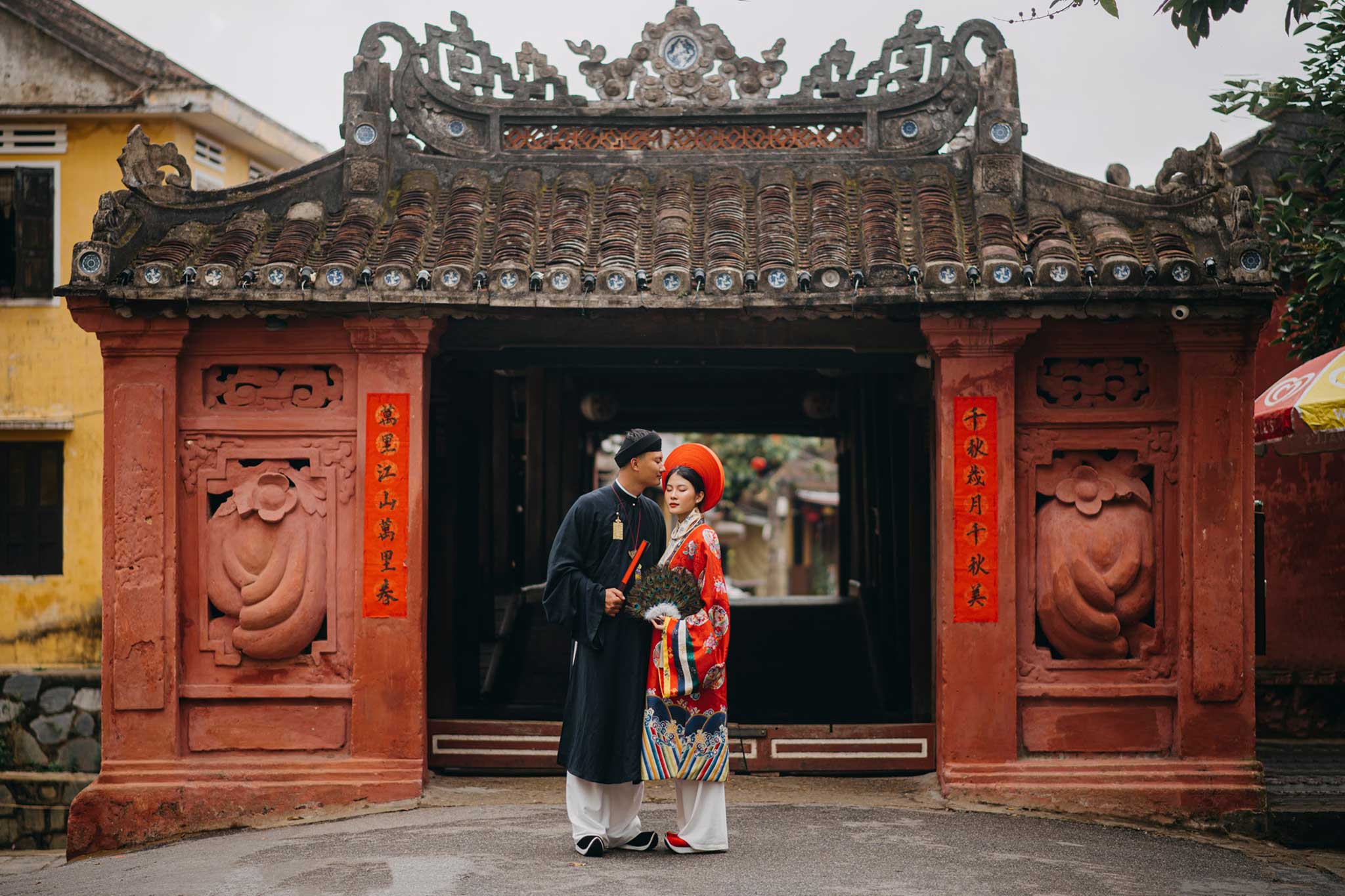
Fabric, particularly silk, is woven into Hoi An’s history. During Silk Road times, it was currency. Over time, many families took to selling fabrics or making garments. Now, Hội An is a hotspot for travelers wanting quality items tailor-made.
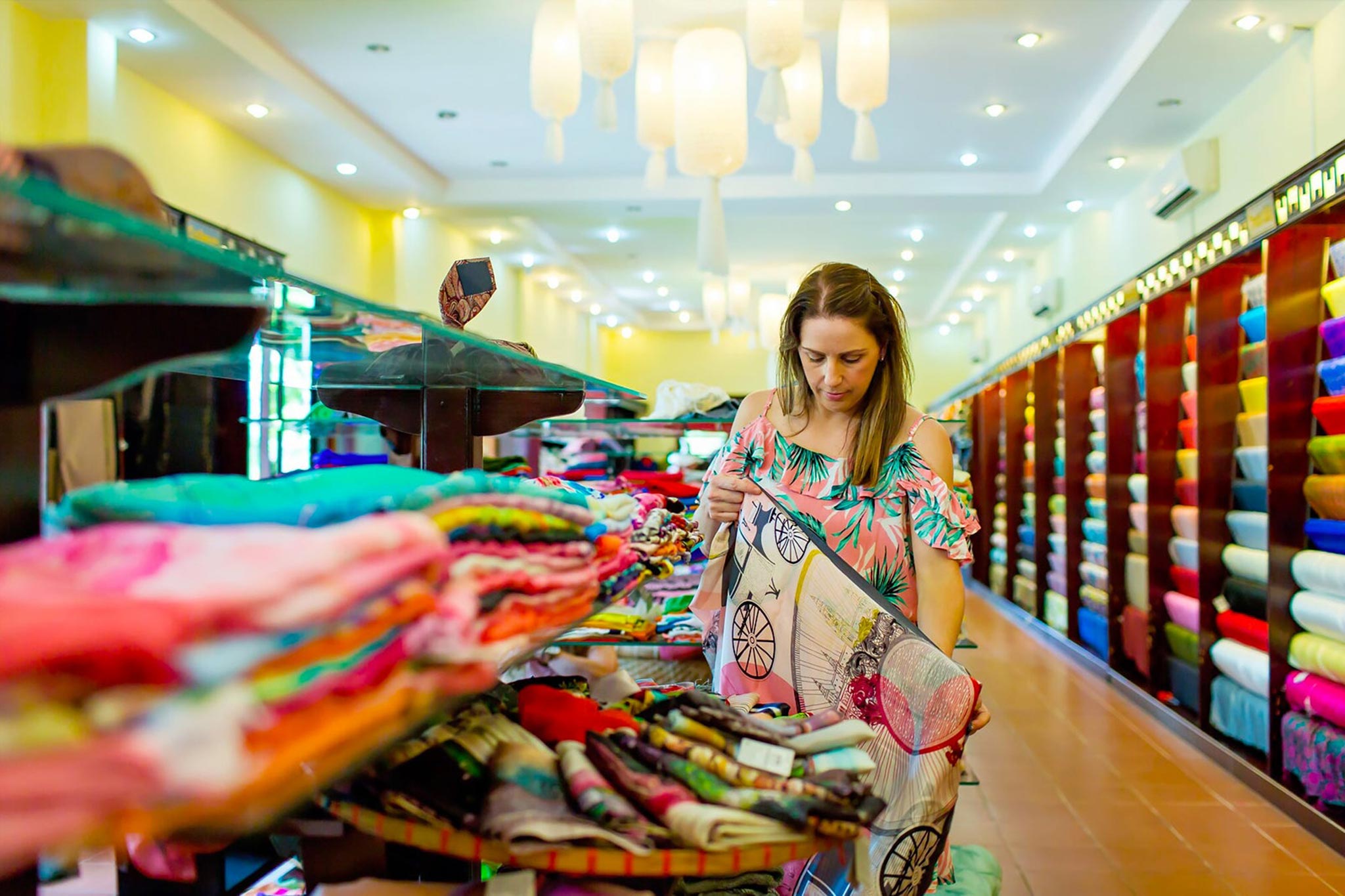
For a sensory experience like no other, visit the Hoi An Cloth Market. Here, at over 50 stalls stacked high with fabrics of all kinds and colors, sellers entice passers-by to buy. Looking for a gentler, more genteel experience? Visit one of the town’s many tailors. The cost of fabric is included, so you don’t have to source it yourself.
Sample Hoi An’s unique cuisine
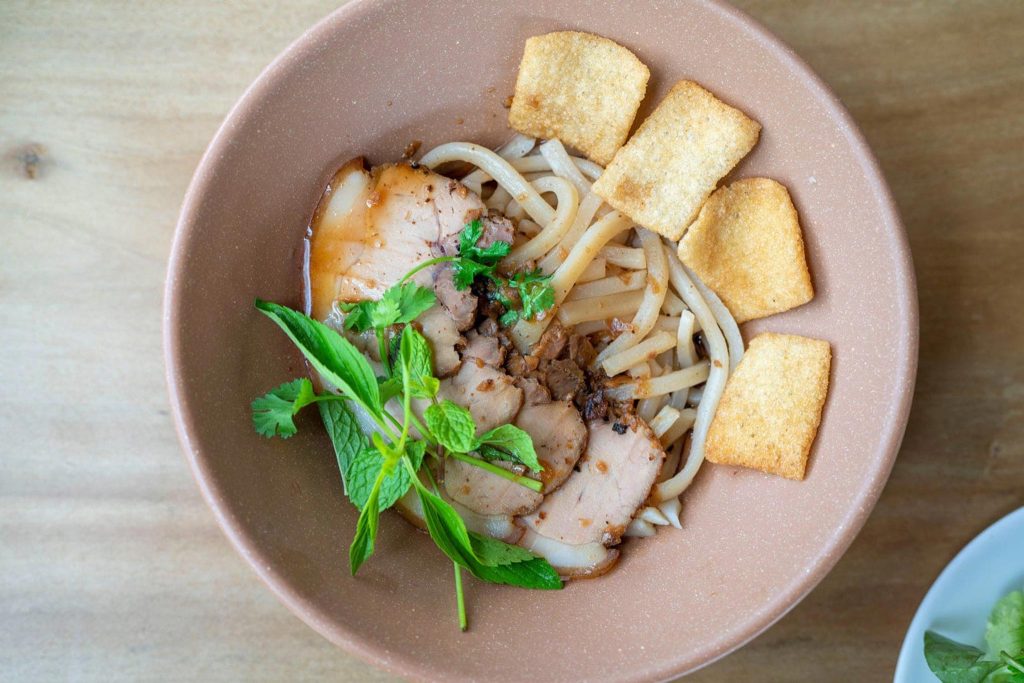
You’ll find that the cuisine in Vietnam is exceptional, no matter what region you are in. It’s worth sampling the local flavors when you get the opportunity. Hoi An is known for two dishes in particular – “white rose” dumplings and Cao Lau noodles. You’ll only find them here so you better give them a try!
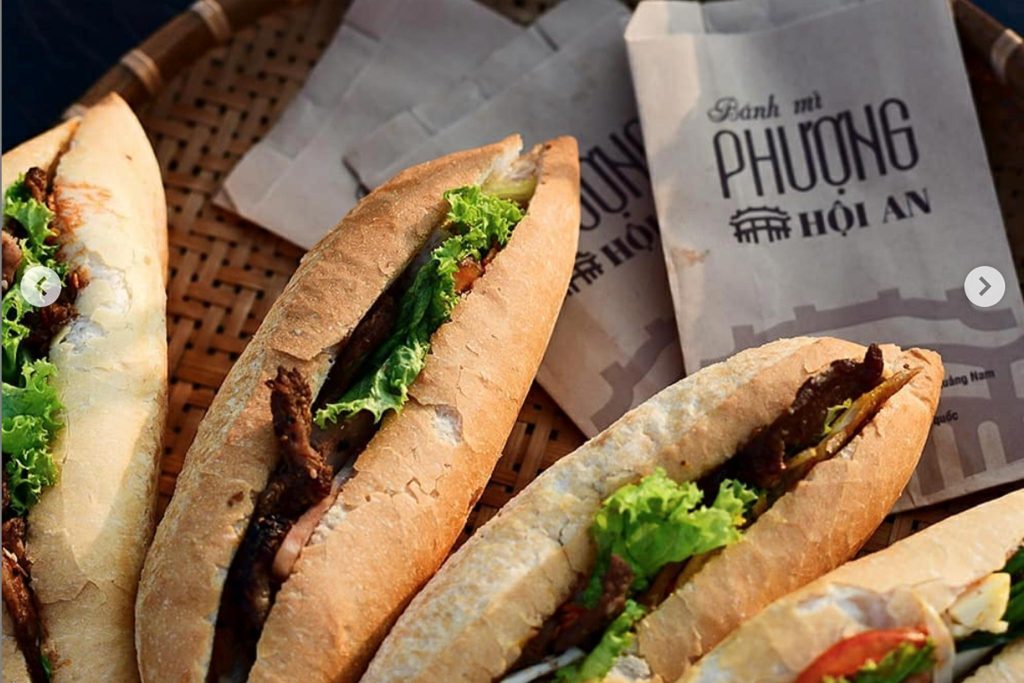
Besides, there are 2 small restaurants in Hoi An that claim to have the best “banh mi” in town – Banh Mi Phuong and Banh Mi Queen. Phuong was visited by Anthony Bourdain who proclaimed it to be the best, while most locals prefer the Queen. You should visit both and see for yourself.

